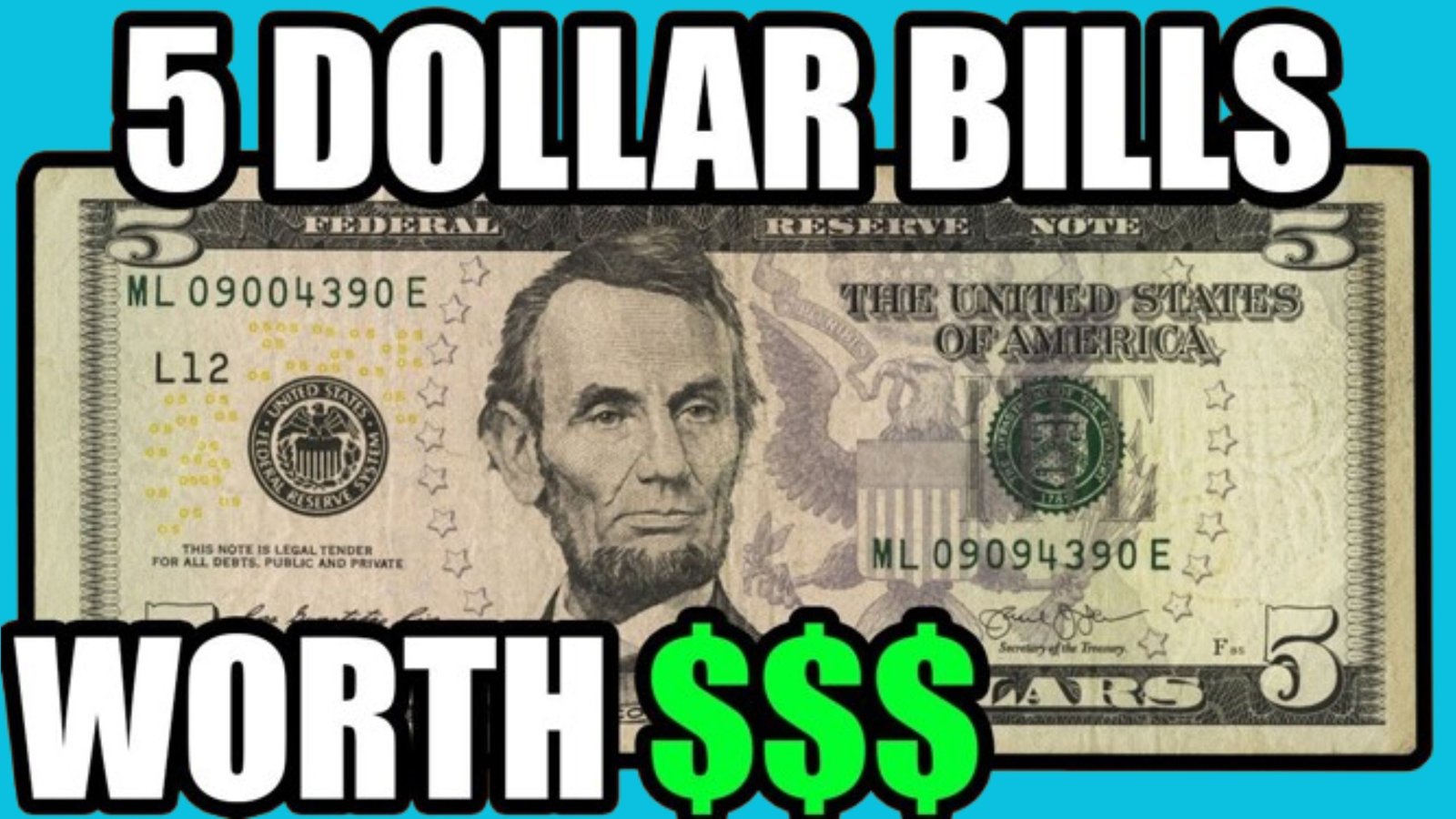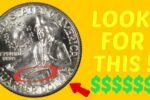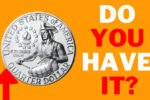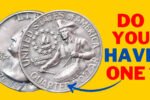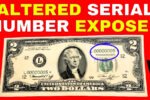That $5 Bill in your wallet may seem like just enough for a coffee or snack—but it could actually be worth hundreds or even thousands of dollars, depending on a few rare characteristics. Collectors of U.S. paper money are always on the hunt for bills with unusual features, errors, or “fancy” serial numbers. And believe it or not, some of the most valuable ones are hiding in plain sight.
Here’s how to check your $5 bills for key details that could make them seriously valuable.
1. Look for Star Notes
A Star Note is a bill that has a small star symbol (*) at the end of its serial number. These notes are replacements for misprinted bills and are printed in much smaller quantities, making them collectible.
How to Spot It:
-
Look at the end of the serial number. If there’s a star instead of a letter, that’s a good sign.
-
Some star notes, especially from small print runs, can be worth $50 to several thousand dollars, depending on the series and condition.
2. Check the Serial Number
Collectors are fascinated by “fancy serial numbers.” These are unique patterns that make a bill stand out. A few examples:
-
Low Serial Numbers: 00000001 to 00000099 are extremely desirable.
-
Repeating Numbers: Like 12341234 or 01010101.
-
Ladders: Serial numbers that count up or down, like 12345678 or 87654321.
-
Solid Notes: All the same digit, like 55555555.
-
Radar Notes: Palindromes like 12344321 or 45555454.
-
Binary Notes: Only two digits, like 01010101.
Depending on the pattern, fancy serial number bills can be worth $100 to over $10,000.
3. Identify Printing Errors
Printing errors are rare and highly collectible. They happen when something goes wrong during the production process at the Bureau of Engraving and Printing.
Watch for these:
-
Upside-down Seals: Especially on Series 1995 $5 bills.
-
Misaligned Prints: Where part of the design is off-center.
-
Missing Seals or Serial Numbers: A clear sign of a mistake.
-
Ink Smears or Overprints: Blurred or doubled text/seals.
Error notes can fetch anywhere from a few hundred to tens of thousands of dollars depending on rarity and visibility.
4. Series and Federal Reserve Bank
Some specific series years or Federal Reserve Bank markings are more valuable due to low print runs or known errors. Keep an eye out for:
-
Series 1995 $5 Bill with Upside-Down Seal – Known to sell for over $1,000
-
Older Series (1928–1950s) – Especially in uncirculated condition or with red or blue seals
-
Limited Runs – Check websites like uscurrency.gov or PMG to see if your bill came from a low print batch
5. Condition Matters – A Lot
A rare serial number or error won’t be worth nearly as much if the bill is torn, stained, or creased. Collectors use a grading scale from Poor (P) to Gem Uncirculated (GEM 66–70). A perfect-condition note can be worth 10 to 50 times more than the same note in average shape.
Use a protective sleeve if you suspect your bill is valuable, and avoid folding or handling it too much.
What to Do If You Find One
If you think you’ve got a rare $5 bill:
- Don’t spend it!
- Take clear, close-up photos of the front and back.
- Check online databases like the PCGS or PMG population reports for similar notes.
- Consider professional grading to verify its authenticity and value.
- Consult with a reputable currency dealer or auction house for a potential sale.
Final Thoughts
While most $5 bills are only worth five dollars, a few hidden gems out there are worth far more. Whether it’s a funky serial number, a rare star note, or a dramatic printing error, one of these might be sitting unnoticed in your wallet or change jar right now.
So before you spend that Lincoln, take a closer look. It might be worth more than you ever imagined.
